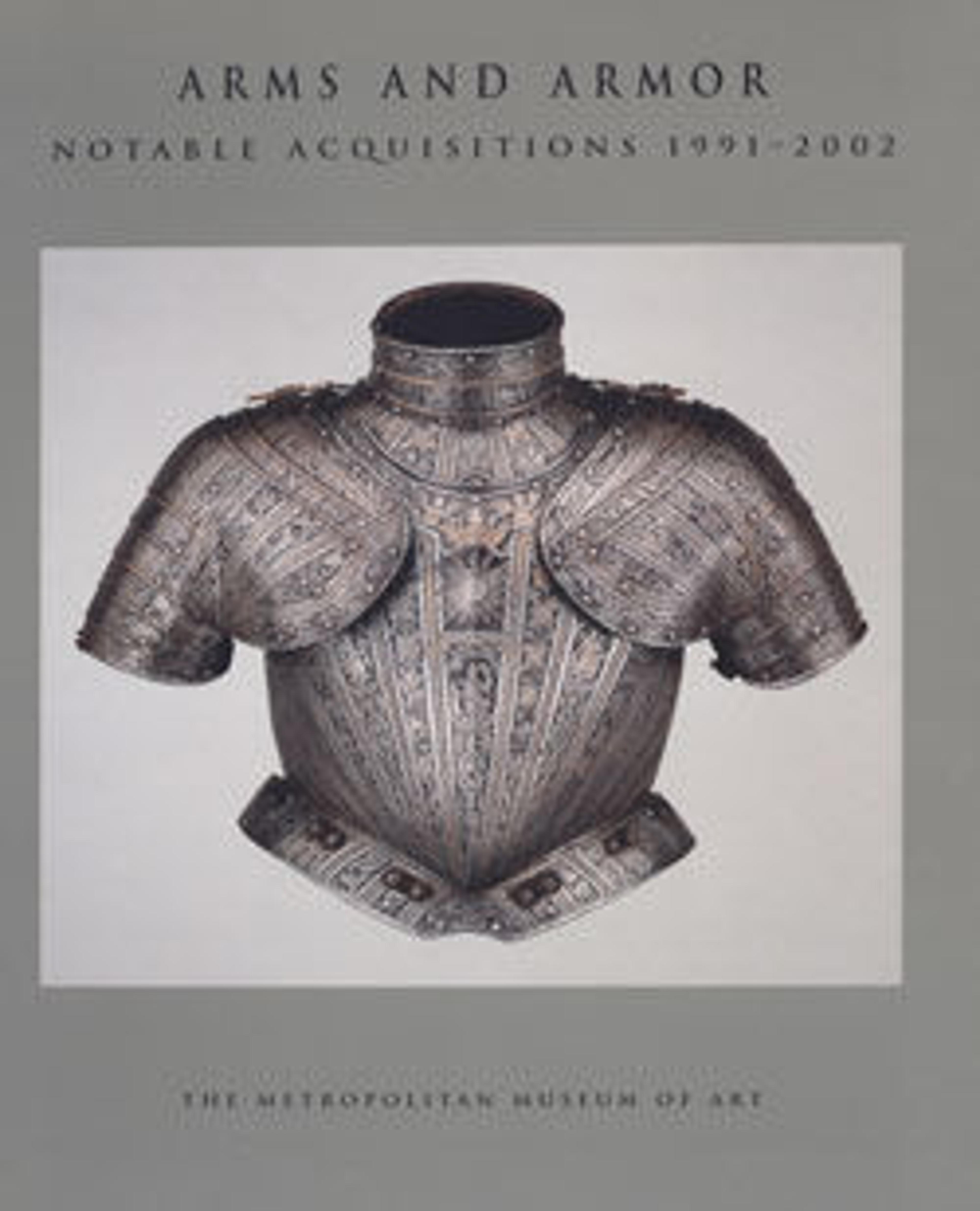Signaling Baton (Saihai) and Storage Box
Saihai were carried as signs of rank and were used by military commanders to give the signal for an attack. This saihai is decorated with peony blossoms, the mon (crest) of the Tsugaru family. The Tsugaru, who had land in northern Japan, were wealthy and influential daimyo (lords) who were renowned as patrons of the arts. The Tsugaru continue to be one of the leading families in Japan; they were united in the eighteenth century with the imperial household through the marriage of Tsugaru Hanako and Prince Hitachi, the younger brother of the Emperor. The saihai and its matching storage box are among the most finely made and preserved examples in existence.
Artwork Details
- Title: Signaling Baton (Saihai) and Storage Box
- Date: 18th century
- Culture: Japanese
- Medium: Wood, gold, lacquer, paper, leather, silver, silk
- Dimensions: L. of shaft 12 in. (30.8 cm); L. of tassel 12 1/4 in. (31.1 cm); box: 16 x 8 5/8 x 6 in. (40.6 x 21.9 x 15.2 cm)
- Classification: Miscellaneous
- Credit Line: Gift of Morihiro and Sumiko Ogawa, in memory of Bumpei Usui, 2000
- Object Number: 2000.324.1, .2
- Curatorial Department: Arms and Armor
More Artwork
Research Resources
The Met provides unparalleled resources for research and welcomes an international community of students and scholars. The Met's Open Access API is where creators and researchers can connect to the The Met collection. Open Access data and public domain images are available for unrestricted commercial and noncommercial use without permission or fee.
To request images under copyright and other restrictions, please use this Image Request form.
Feedback
We continue to research and examine historical and cultural context for objects in The Met collection. If you have comments or questions about this object record, please complete and submit this form. The Museum looks forward to receiving your comments.
